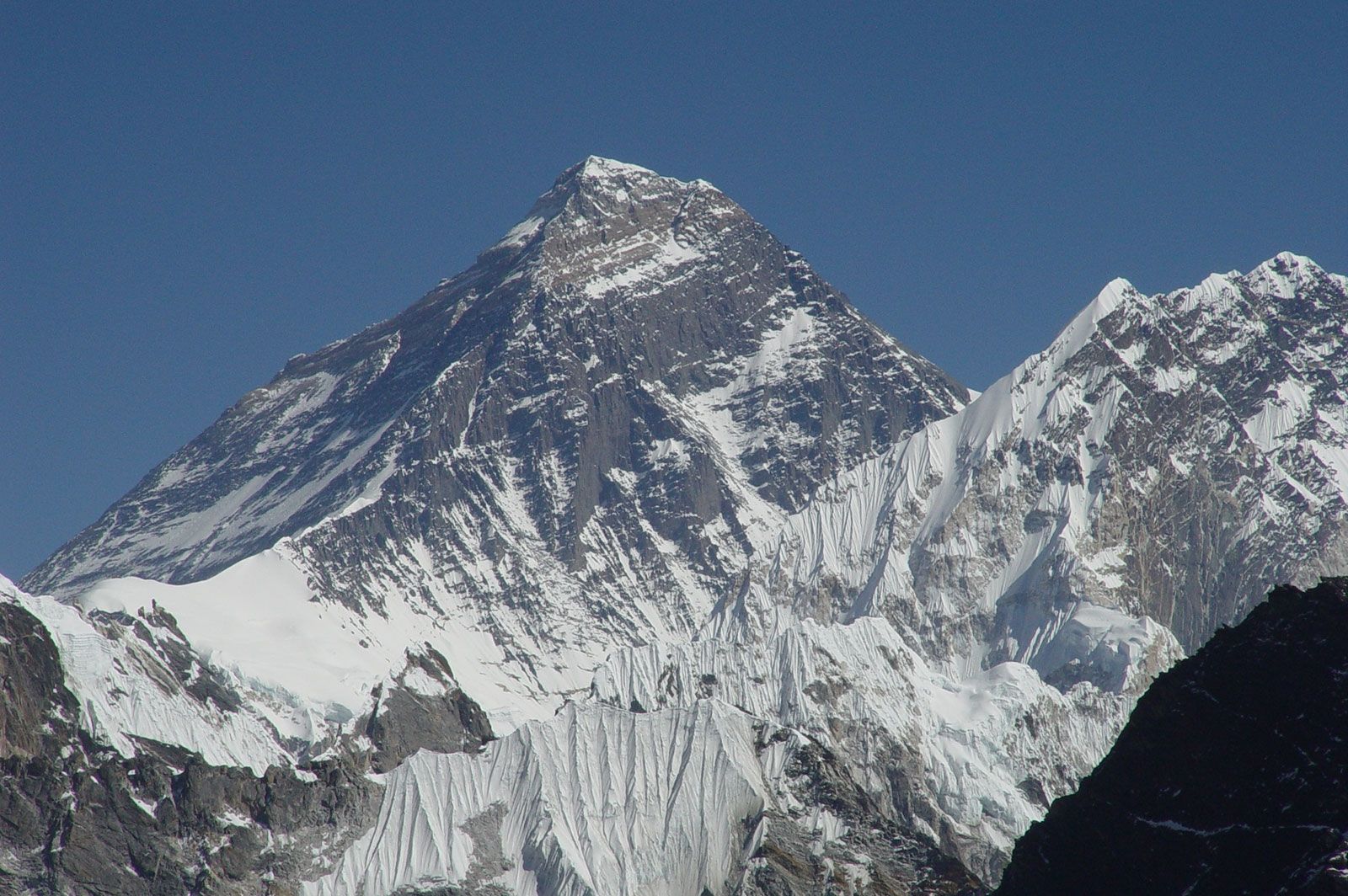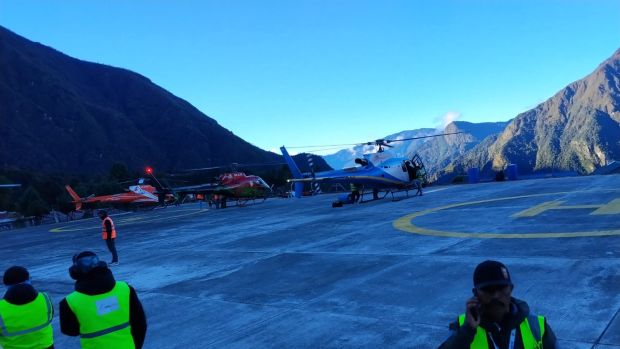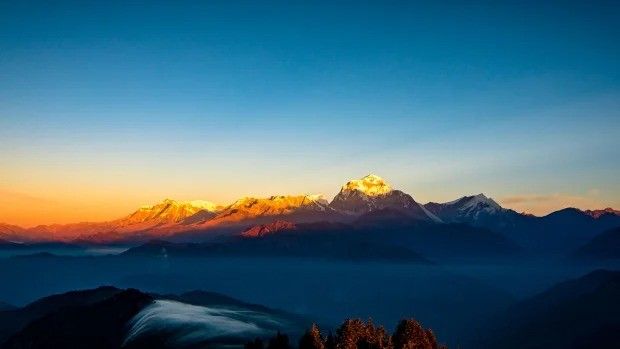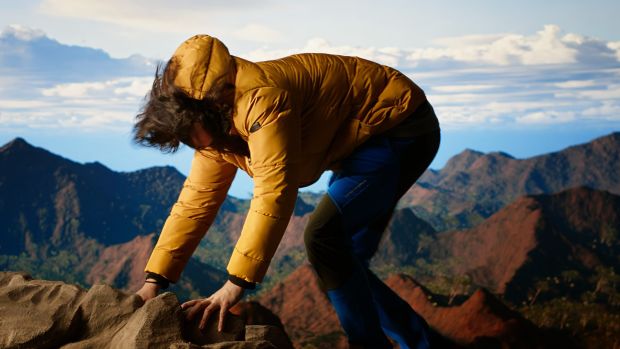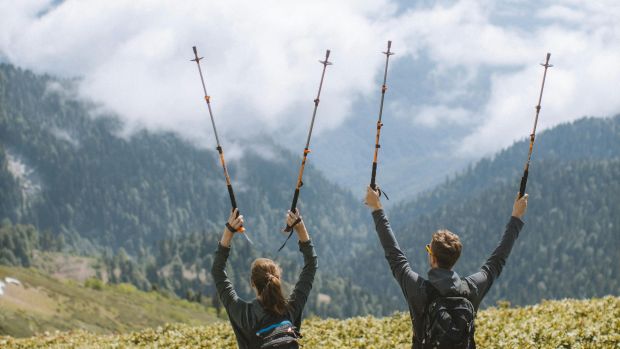5 Trekking Myths in Nepal Debunked
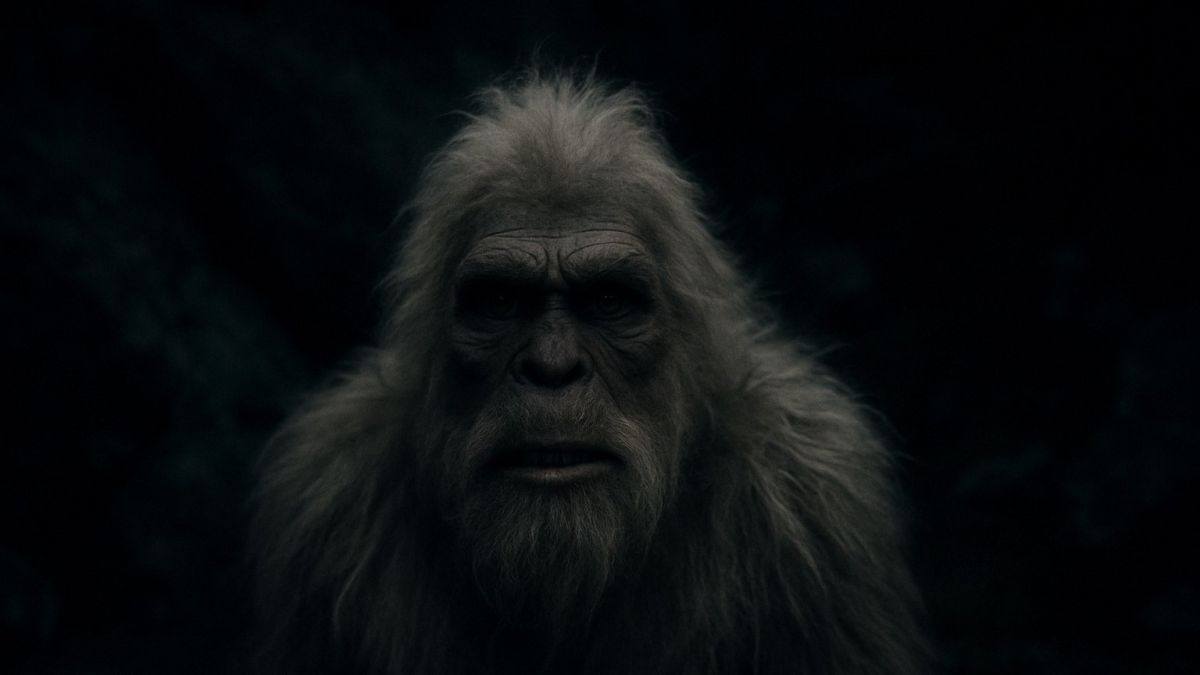
1. The Yeti: Fact or Folklore?
The Yeti, or “Abominable Snowman,” is a legendary creature rooted in Himalayan folklore, often depicted as a large, ape-like being. Despite centuries of sightings and footprints, scientific analysis of hair and DNA samples has linked most evidence to Himalayan brown bears or other known wildlife 811. While the myth persists in pop culture, the Yeti remains a cryptid – a creature of legend rather than reality.
2. Trekking Is Only for Experienced Adventurers
Not true! Trekking ranges from gentle day hikes to multi-day expeditions, with trails suited for all skill levels. Beginners can start on well-marked paths, while guided treks (like those in the Himalayas) often include acclimatization days and support staff to ensure safety. As one expert notes, “Trekking is a walk in nature just more intense than your average stroll”.
3. Treks Are Always Dangerous
While risks like altitude sickness or rough terrain exist, reputable treks mitigate these with proper planning, trained guides, and medical backup. For example, Everest Base Camp treks are navigable for moderately fit individuals, with acclimatization stops and emergency protocols in place. Most dangers arise from poor preparation, not the activity itself.
4. You Need Expensive Gear
High-end equipment isn’t mandatory. Basic essentials sturdy shoes, a backpack, and weather-appropriate clothing are enough for most treks. As one hiker puts it, “Many brands are overrated and overpriced”. Budget-friendly options (like Sawyer water filters or secondhand gear) work just as well.
5. You Must Carry All Your Gear
Many treks offer porters or pack animals for heavier loads, especially on routes like Everest Base Camp. However, carrying your own pack (within reason) builds self-reliance and reduces environmental impact 1213. The key is balancing necessity with practicality no one expects you to haul a 5-star hotel on your back!
